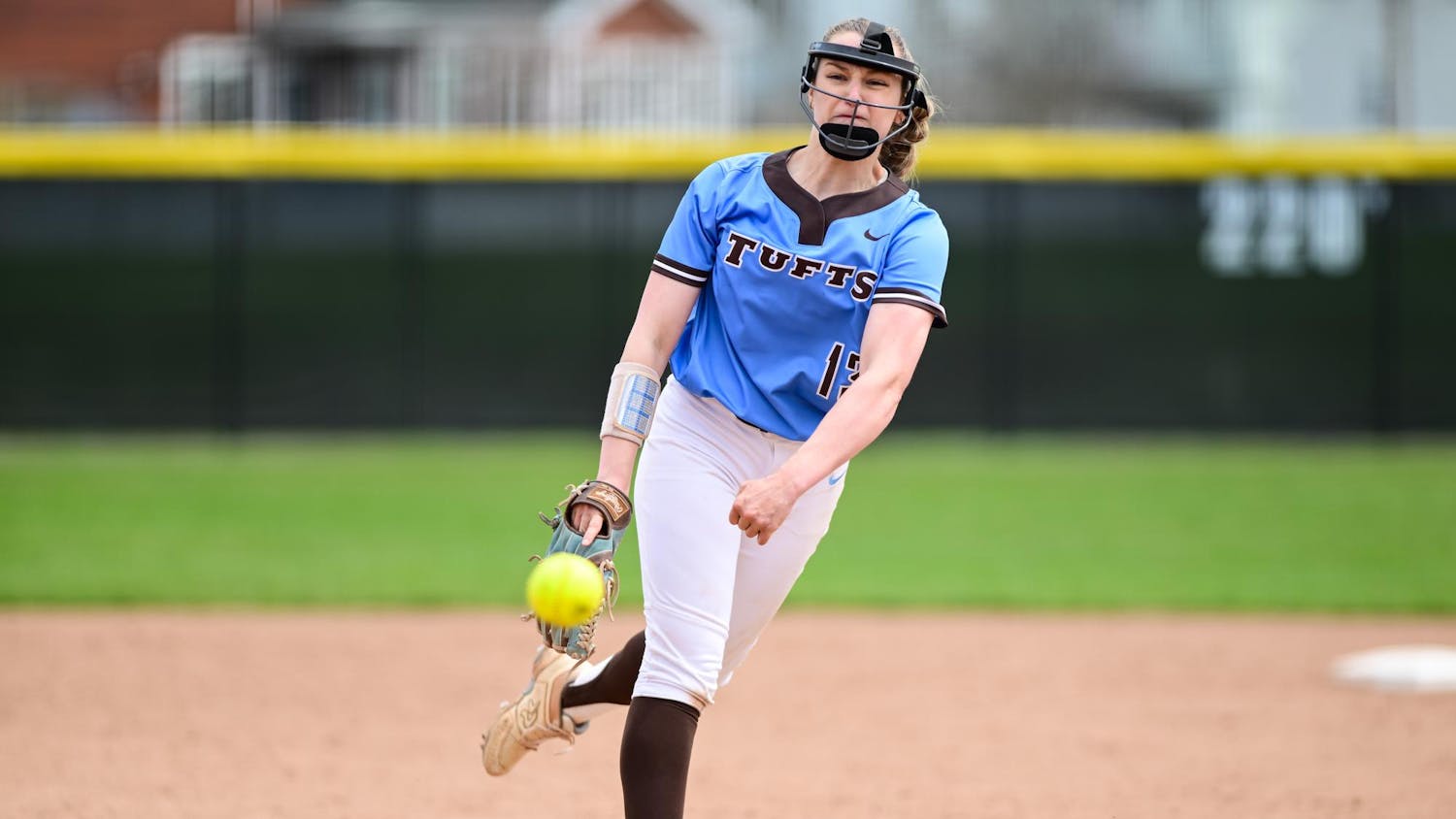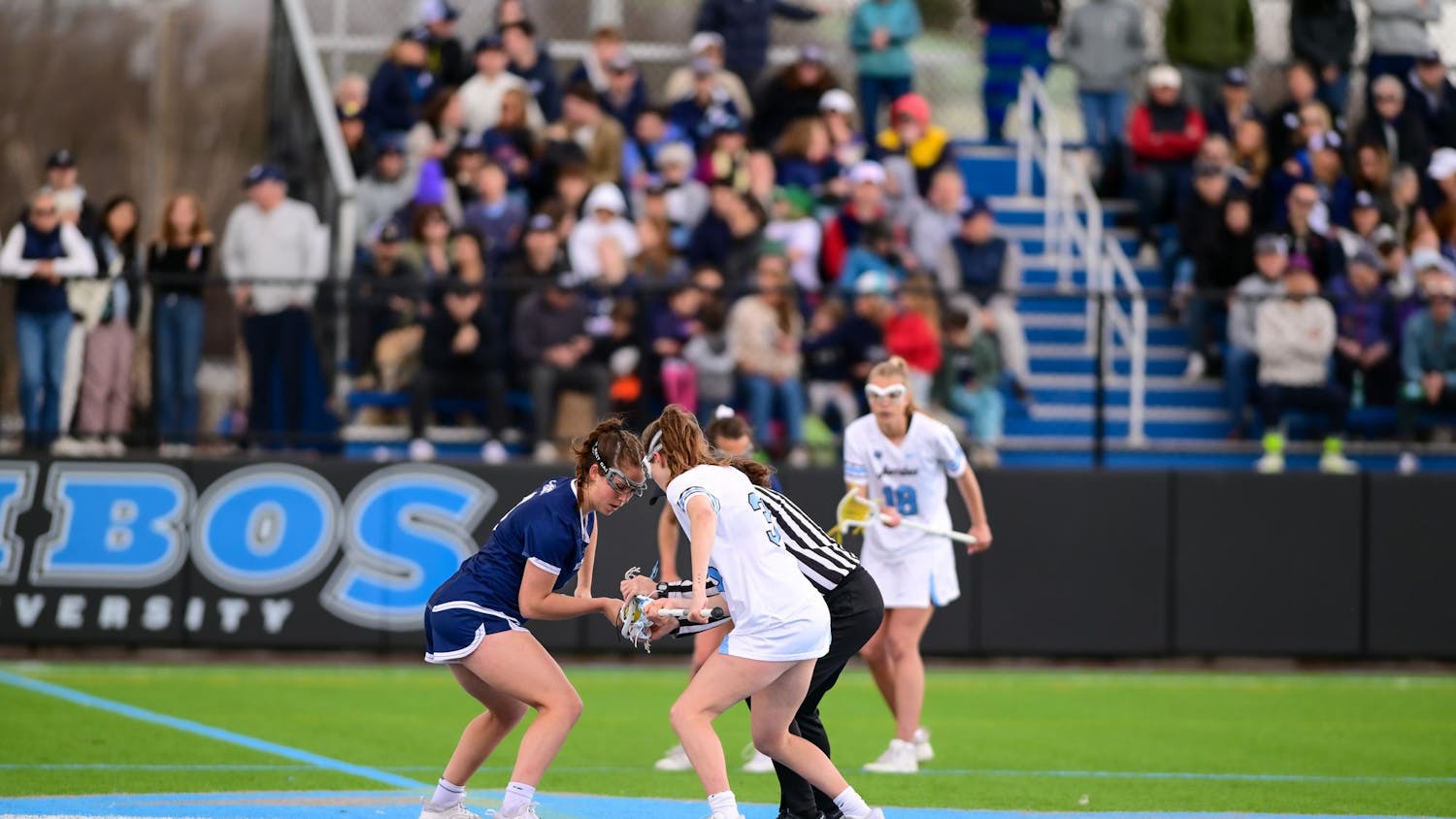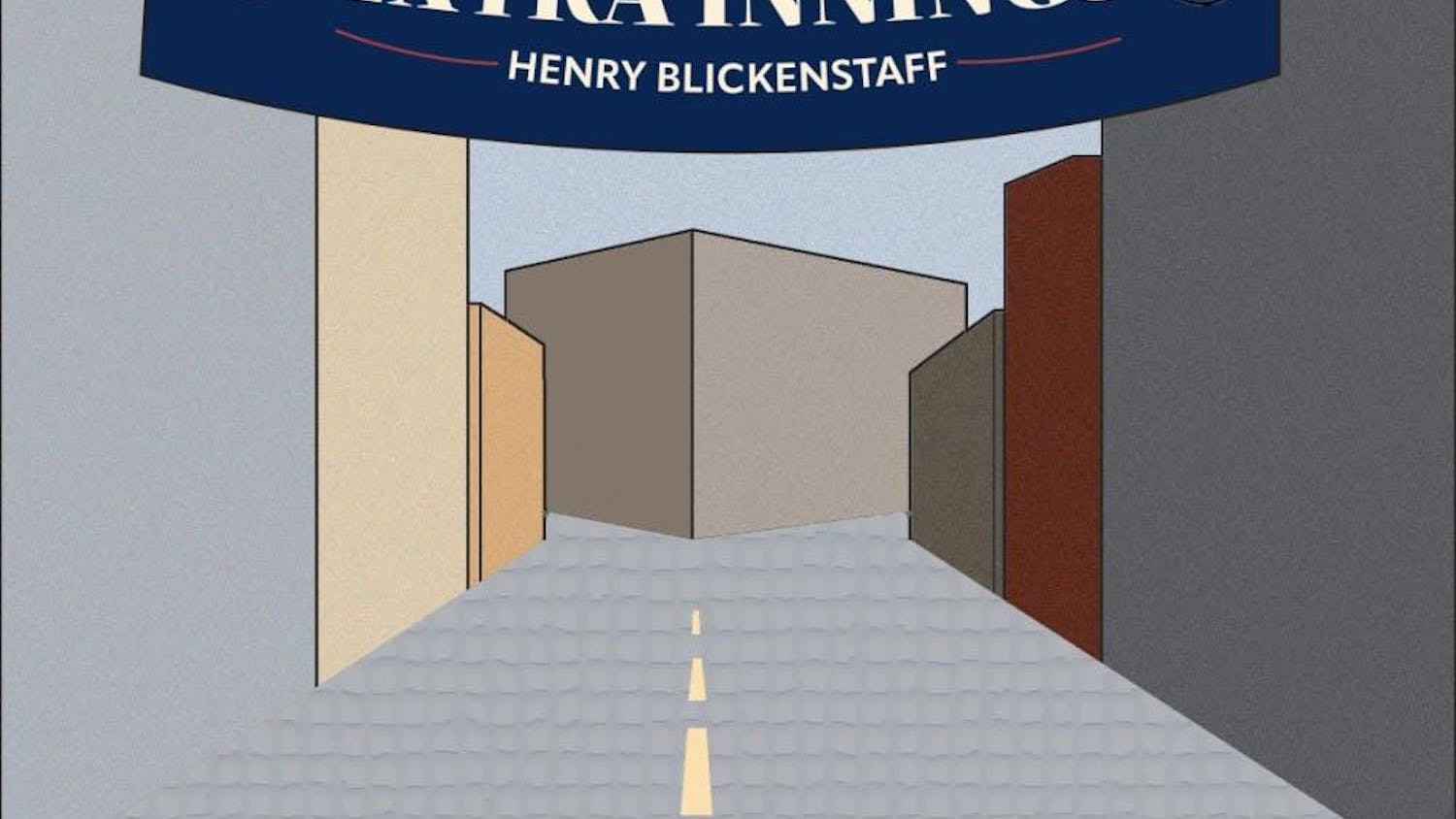On April 10, New York Yankees pitcher CC Sabathia flirted with baseball immortality, holding the Tampa Bay Rays hitless through 7.2 innings before Kelly Shoppach broke up his run at history.
Eleven days later, Sabathia's teammate, Phil Hughes, carried a no−hit bid of his own deep into a start against the Oakland Athletics, only to watch Eric Chavez line the first pitch of the bottom of the eighth inning off his body for an infield single.
But two of the marquee pitching performances of this young baseball season — this side of Ubaldo Jimenez, that is — may have never happened had it not been for a fateful decision made by Yankees general manager Brian Cashman in the winter of 2007.
After his team had been eliminated from the playoffs in the divisional round for the third consecutive year, Cashman was rumored to be making an aggressive play for then−Minnesota Twins stud lefty Johan Santana. Cashman's Twins counterpart, Bill Smith, reportedly put the following offer on the table: Hughes, outfielder Melky Cabrera and minor leaguers Jeff Marquez and Mitch Hilligoss in exchange for the two−time Cy Young award winner.
To the dismay of many Yankee fans, Cashman ultimately opted against pulling the trigger. At the time, it may have seemed difficult to rationalize a decision that kept a bonafide ace off a team that had counted on 44−year−old Roger Clemens as its fourth starter the year before. And indeed, when the Yankees missed out on the postseason in 2008 — in part because the likes of Sidney Ponson and Darrell Rasner were filling in the back end of their rotation — the second−guessing of Cashman only persisted.
It probably didn't help matters that Santana was traded to the cross−town rival New York Mets and was thriving in the National League, where he finished third in the 2008 Cy Young voting.
But while Cashman's decision may have cost the Yankees a playoff berth and a few back−page headlines in the very short term, it started to pay major dividends for the club by 2009, really for two reasons. First, Cashman masterfully redistributed the resources initially earmarked for a Santana trade, thereby bolstering his team in several key areas. Second, Hughes began to live up to his promise as a highly−touted prospect, justifying Cashman's refusal to trade him for even someone of Santana's caliber.
One could thus conceivably argue that by not yielding to public demand for Santana, Cashman set the Yankees up for their World Series run of 2009 and their hot start to 2010. Here is a closer look at how the Yankee general manager's then−unpopular decision paved the way for his team's recent success:
1. Signing Sabathia: Cashman's decision not to bring Santana aboard was likely made with another much sought−after lefty in mind. One offseason after Santana was put on the trading block, Sabathia, then a Cy Young−winning southpaw for the Cleveland Indians, was slated to hit the free−agent market. Cashman thus had to figure out whether Santana was worth the prospect haul and lucrative contract extension it would take to acquire him, or whether he should wait a year and just throw boatloads of money at Sabathia instead.
He opted for the latter, and few would argue with the results.
The Yankees won the 2009 World Series in part because Sabathia was a workhorse for them in October, twice starting on three days' rest and earning ALCS MVP honors. Santana, meanwhile, has never really been known for his durability. In two−plus seasons with the Mets, he's lasted into the eighth inning just 11 times and pitched on short rest only once. Without relinquishing a prized prospect like Hughes, Cashman satisfied the Yankees' need for an ace to lead their rotation — and arguably got more from him than he ever would have out of Santana.
2. Acquiring Swisher and Vazquez: As much as Cashman put the money that would have gone to Santana to good use, the prospects he held onto also turned into key pieces of the current Yankees squad. In November 2008, Marquez was dealt to the Chicago White Sox for Nick Swisher, who took over as the Yankees' everyday right fielder in 2009 and went on to post a career−best .869 OPS. Cabrera, meanwhile, was a major part of the deal that brought Javier Vazquez back to the Bronx last Christmas.
Hilligoss, too, is no longer in the Yankees' system, as he was traded in January for Triple−A outfielder Greg Golson.
All in all, the resources the Yankees were originally going to devote to Santana were ultimately used to land an ace southpaw, a 30−home run right fielder, a 200−strikeout right−hander and some depth in the minor leagues.
3. Keeping Hughes: After he went 5−7 with a 5.15 ERA over his first two big league seasons, it wasn't clear whether Hughes would ever live up to his billing as a frontline starting pitcher. But after he was shuttled to the bullpen in June of last season, the former first−round pick finally began to blossom and, in the process, rewarded the faith Cashman showed by refusing to make him the centerpiece of a Santana trade.
Over his last 69.1 innings of work, Hughes has racked up 83 strikeouts, an ERA of 1.56 and a WHIP of 0.88. It's hard to imagine how the Yankees would have run away from the pack in the AL East last year had Hughes not been around to bridge the gap to Mariano Rivera. Now firmly entrenched in the Yankees' starting rotation, the 23−year−old Hughes appears well on his way to superstardom.





